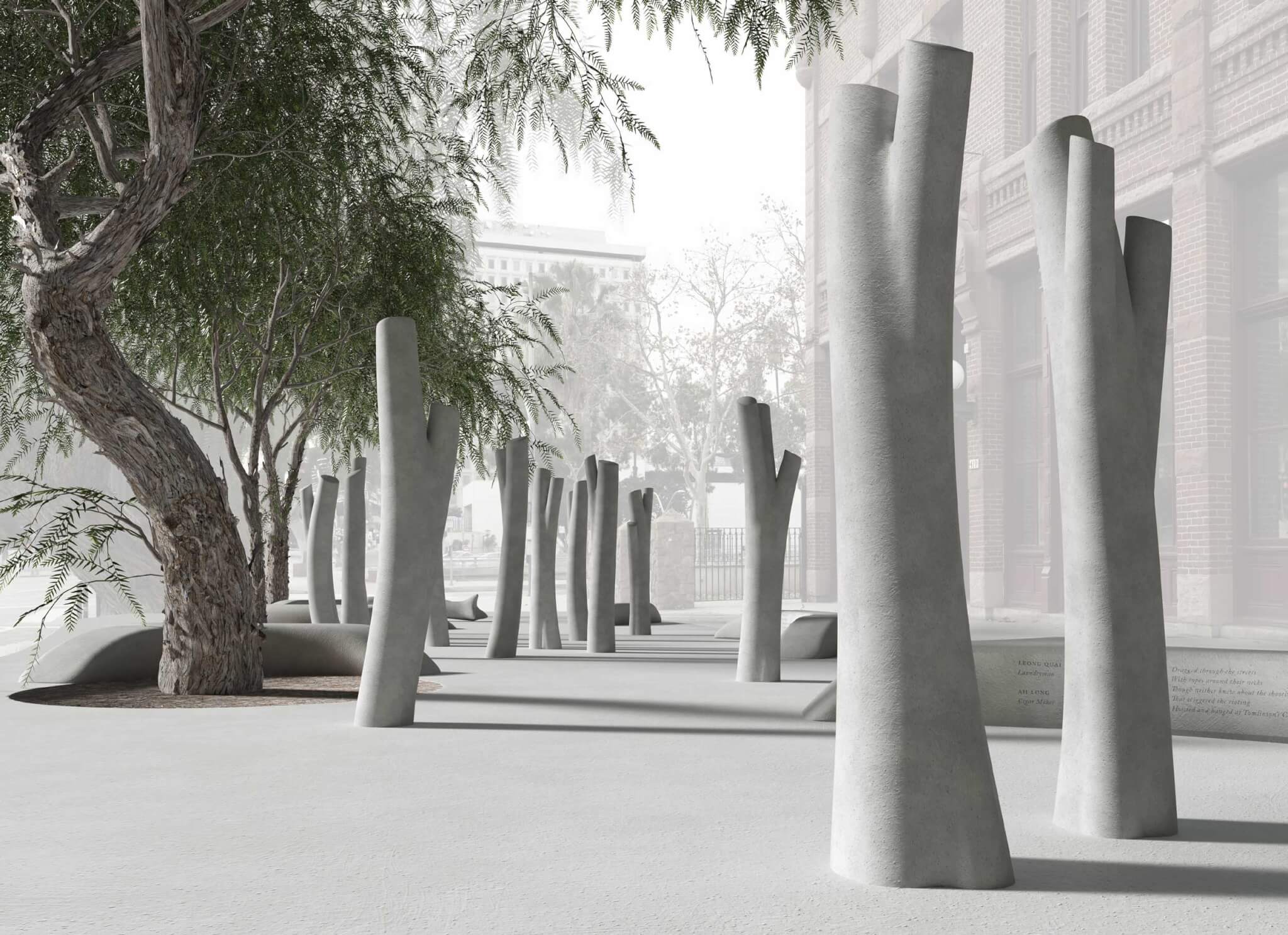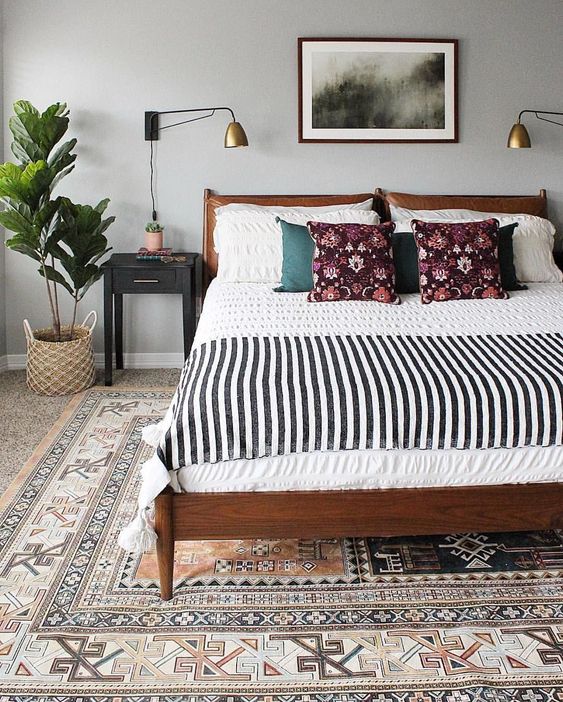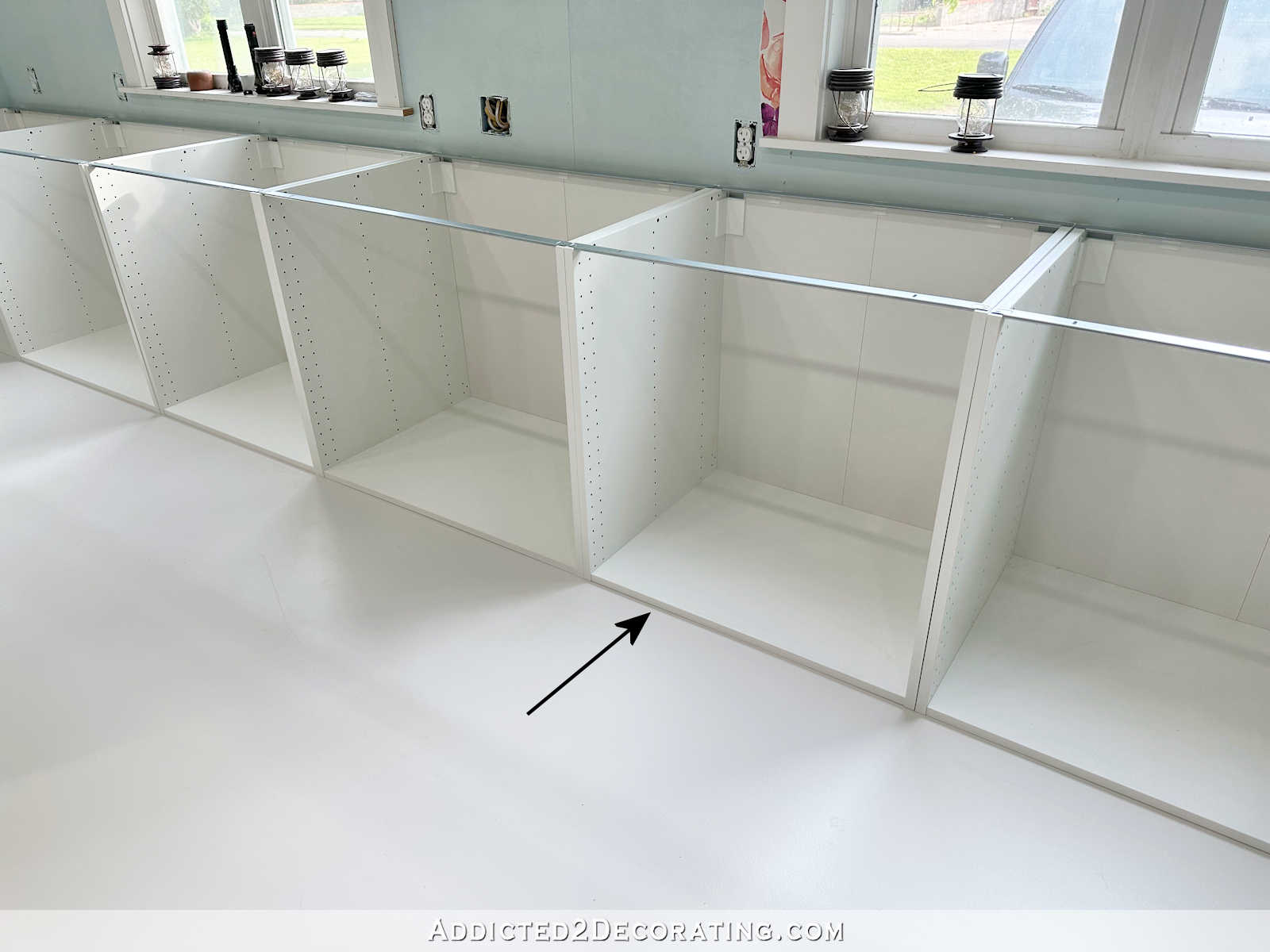[ad_1]
The City of Los Angeles Department of Cultural Affairs (DCA) and El Pueblo de Los Angeles Historic Monument have announced the winning design team for the Memorial to the Victims of the 1871 Chinese Massacre. Artist and writer duo Sze Tsung Nicolás Leong and Judy Chui-Hua Chung were selected from a group of six finalists, beating out Figure x J. Jih; Anna Sew Hoy and Zhu Jia and Formation Association; David Ross, Takashige Ikawa, and Iustina Nicolae + Candice Lin; Sonam Lhamo, Jiawei Yao, Yiying; and Fung + Blatt Architects.
“The new memorial seeks to simultaneously raise public awareness of the 1871 Chinese massacre – in which at least 18 residents of Los Angeles, or roughly ten percent of the city’s Chinese population at the time, were murdered – and to address contemporary concerns about race, intolerance, and violence,” said Daniel Tarica, DCA’s General Manager, in a press release. “It strives to tell the story of the little known largest mass killing in Los Angeles history and to convey a broader, more universal message.”

The memorial is meant to bring more attention to one of the most violent events in Los Angeles history, while also addressing ongoing struggles that face the community. By finally honoring the victims of the attack and understanding the circumstances surrounding the modern iterations of these issues, steps can begin to be taken to heal and prevent future acts of violence.
Artist Sze Tsung Nicolás Leong and writer Judy Chui-Hua Chung said: “We are humbled by the historic significance of this memorial and honored that our proposal was chosen from a group of such talented finalists. While we are memorializing a massacre that reveals the long history of anti-Asian violence, we are also acknowledging that Asian Americans have been deeply rooted here since the beginnings of this city, state, and country. We are committed to commemorating the tragedy by honoring the victims and the diversity of this city they helped grow.”

Located primarily along the 400 block of North Los Angeles Street, near the Chinese American Museum and close to the historical site of the massacre, the project begins to spatialize the timeline of the massacre through a set of 18 petrified trees, each representing one of the victims. The roots of these trees become benches, inscribed with details of massacre alongside what is written on the pavement. At several secondary locations around the city, the proposal places root benches, stumps, and even a mural at the sites of other heinous acts against the Chinese community, while also commemorating their history.
Having chosen the finalist, the memorial can now move onto the next phase: planning.
[ad_2]
Source link











